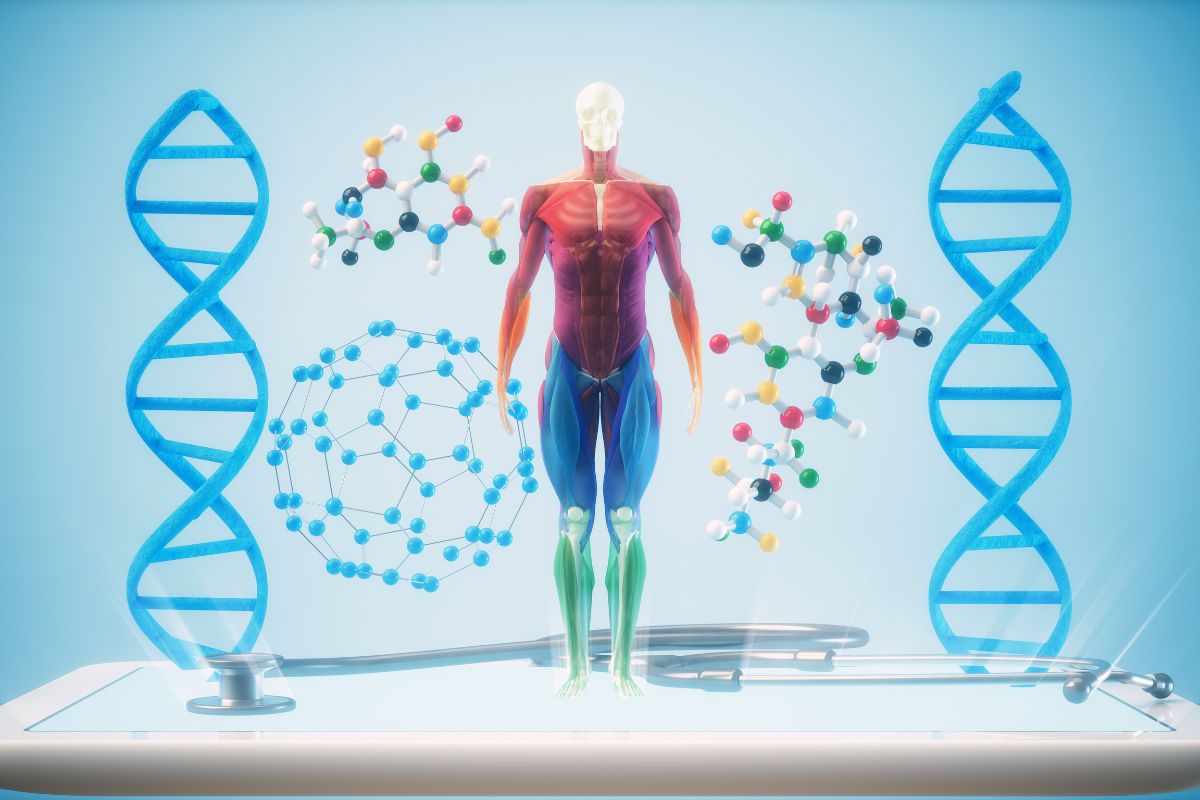A newborn’s first moments in a parent’s arms are filled with wonder. You cradle their tiny body, expecting a firm grip around your finger, a natural reflex that speaks to their strength. But what if that grasp feels weak? What if their limbs seem floppy, their movements sluggish? While every baby develops at their own pace, some parents notice that their newborn’s muscles feel unusually soft. This condition, known as low muscle tone in newborns, can raise concerns, leaving parents searching for answers.
Newborns naturally have a certain level of muscle tone, a readiness in their muscles that helps them move, stretch, and respond to touch. When muscle tone is lower than expected, a baby might appear limp or struggle with basic movements. While it can be alarming, understanding the causes, symptoms, and ways to support your baby can make a world of difference. Let’s take a closer look at what low muscle tone in newborns means and how you can help your little one build strength.
Understanding Why We Sleep and Its Connection to Muscle Development
Sleep isn’t just about rest, it’s a time when the body repairs and strengthens itself, including muscle development. Newborns spend most of their early weeks in deep sleep, where critical growth processes take place. But when a baby has low muscle tone in newborns, their movements, even in sleep, may be less coordinated. They might struggle with holding their limbs in a natural position, or their body might feel heavier in your arms compared to other babies.
Muscle tone plays a vital role in motor development, helping babies reach milestones like lifting their heads, rolling over, and eventually sitting up. A baby with low muscle tone may take longer to achieve these steps. That’s why early recognition and gentle intervention can be key to helping them progress.
Why Does Low Muscle Tone in Newborns Occur?

There’s no single cause behind low muscle tone in newborns, and in many cases, it varies from baby to baby. Some are simply born with naturally softer muscles that develop over time, while others may have underlying medical conditions affecting their muscle strength. Premature birth is one common cause, as babies born early may not have had enough time to develop strong muscles in the womb.
Genetic conditions like Down syndrome or Prader-Willi syndrome can also contribute to muscle weakness, as can neurological disorders that interfere with communication between the brain and muscles. In some cases, birth complications such as oxygen deprivation may play a role, while in others, there may be no clear medical explanation at all. Regardless of the cause, what matters most is identifying the condition early and taking steps to help the baby build strength over time.
Signs of Low Muscle Tone in Newborns
How can you tell if a newborn baby has low muscle tones? Some signs may be noticeable early on, while others become clearer as your baby grows. If you notice these signs, it’s important to talk to your pediatrician. Early intervention can help strengthen your baby’s muscles and support their development.
Common indicators include:
- Floppiness when held: Their limbs and body might feel overly relaxed or heavy in your hands.
- Poor head control: Most newborns can lift their heads slightly, but a baby with low muscle tone might struggle to do so.
- Difficulty feeding: Weak mouth muscles can make it hard for them to latch or suck properly.
- Delayed motor skills: They might take longer to roll over, sit up, or crawl.
- Less movement: Babies with low muscle tone may seem less active or less interested in reaching for things.
Risks and Challenges of Low Muscle Tone in Newborns

While low muscle tone itself isn’t harmful, it can make certain daily activities more difficult for newborns. Weak muscles may lead to feeding difficulties, which can impact weight gain and overall development. Some babies may have trouble maintaining proper posture, affecting their ability to reach important motor milestones. In more severe cases, low muscle tone can influence breathing patterns, coordination, and even balance as the baby grows. The good news is that with early intervention, many of these challenges can be managed. Babies with low muscle tone in newborns often respond well to therapies that help strengthen their muscles and improve movement over time.
How to Support a Baby with Low Muscle Tone?
Helping a newborn with low muscle tone requires patience and gentle encouragement. Pediatric physical therapy is often recommended to guide a baby through movements that help build strength and coordination. Simple activities like tummy time are especially beneficial as they help strengthen the neck, back, and shoulder muscles.
Massage can also stimulate muscle engagement, improving circulation and providing sensory input that encourages movement. Assisted exercises, such as gently helping a baby move their arms and legs in a natural range of motion, can also be beneficial. For babies who have trouble feeding, working with a lactation consultant or feeding specialist can help ensure they receive proper nutrition without unnecessary strain.
Playtime activities that involve reaching, grasping, and kicking can further encourage muscle use. While progress may be slow at first, consistency is key, and small improvements add up over time.
Is Sleeping on the Floor Good for Babies with Low Muscle Tone?
Parents often explore different sleeping arrangements to support their baby’s development. Some believe that sleeping on a firm surface, like a floor mattress, can help newborns with low muscle tone in newborns develop better posture and muscle engagement. However, floor sleeping isn’t necessary for muscle development, and it’s always best to follow safe sleep guidelines. Babies should always be placed on their backs on a firm, flat surface without loose blankets or pillows. While there’s no direct medical evidence linking floor sleeping to improved muscle tone, some benefits of a firm surface include:
- Better spinal alignment: A firmer surface can provide support, reducing the risk of poor posture.
- More freedom of movement: Without soft, sinking bedding, babies may find it easier to move their limbs.
- Reduced risk of SIDS: Firm sleep surfaces are recommended by pediatricians to lower the risk of sudden infant death syndrome (SIDS).
Does Age Impact Recovery from Low Muscle Tone?

A newborn’s age influences how quickly and well they gain strength when they have low muscle tone. The earlier the intervention begins, the better the chances of improvement. Newborns and young infants typically respond well to therapy and exercises because their bodies are still highly adaptable. Older infants and toddlers with persistent low muscle tone may need more structured therapies, but improvement is still possible. As children grow, they often find their ways to compensate for muscle weakness, developing alternative movements to achieve milestones.
Conclusion
If you’ve noticed that your baby feels a little floppy or isn’t as active as expected, don’t panic. Low muscle tone in newborns is manageable, and with time, support, and gentle strengthening exercises, many babies develop normal muscle strength. Whether it’s through tummy time, guided movement, or physical therapy, every small effort counts toward helping your little one grow strong. If you have concerns, always reach out to your pediatrician. The sooner you understand your baby’s unique needs, the better you can support their journey toward strength and independence.


















